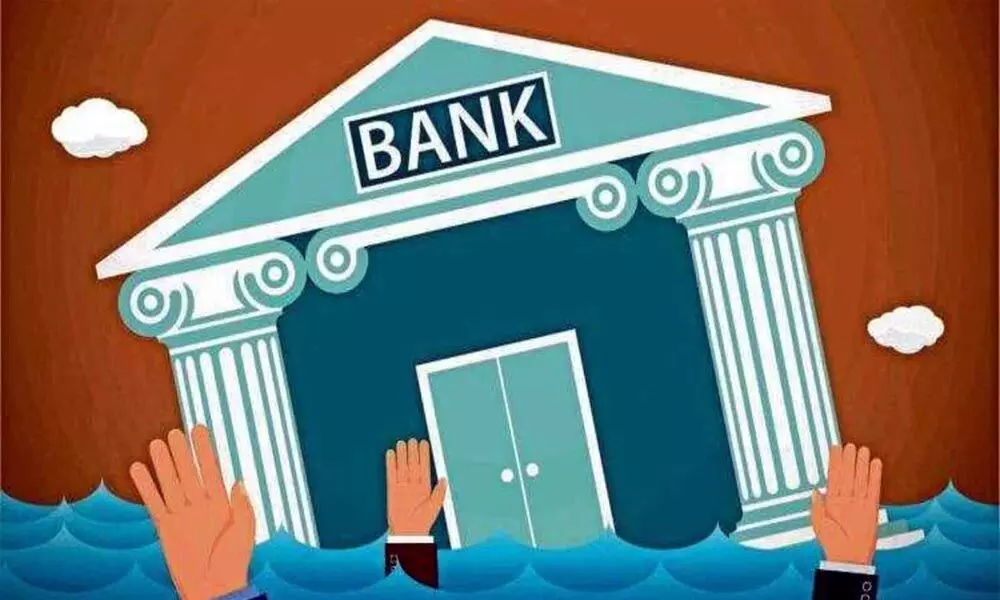India needs to develop good mkt for bad assets to free up banks
It would improve secondary market liquidity for loans and attract a wider range of institutional investors to assist in corporate restructuring
image for illustrative purpose

With strategic factors like plentiful supply of stressed assets, regulatory transparency, favourable currency rates and robustness and potential for greater returns on investment as compared to global stressed assets, the Indian stressed-asset market is very attractive for foreign investors
New Delhi: India needs to develop a market for distressed assets as market participants are strongly dependent on loans from banks and the corporate bond market is under-penetrated, says a report by Nangia Andersen LLP.
Also, with strategic factors like plentiful supply of stressed assets, regulatory transparency, favourable currency rates and robustness and potential for greater returns on investment as compared to global stressed assets, the Indian stressed-asset market is very attractive for foreign investors, the report added. The report said, to free up banks so they can focus on new lending and to reduce the burden on their resources for debt collection, there is a dire need to develop a secondary market for non-performing assets (NPAs). "A market for distressed assets would also support corporate restructuring and expand sources of financing. It would improve secondary market liquidity for loans and attract a wider range of institutional investors to assist in corporate restructuring," the report said.
Distressed assets investment firms are miniscule in the large pool of the global asset management industry, but they are adept at generating capital from sophisticated investors in specialist investment purpose vehicles and have played an integral role in some of the major corporate restructurings over the last three decades, the report said. Even though from a banker's perspective, "stressed assets/loans" mean loan exposures that are classified as NPAs, the report said that stressed assets present opportunities for investors to purchase operational and good quality underlying assets at attractive valuations with turnaround potential and can enable strategic investors to expand capacity in a cost- effective manner. "For an emerging economy like India, where market participants are strongly dependent on loans from banks and where the corporate bond market is under-penetrated, developing a market for distressed assets is vital.
"With banks stumbling under mounting NPAs of Rs 8.34 lakh crore as on March 31, 2021, the need of the hour is to have a well-developed distressed assets market to offload these NPAs effectively," the report said. The Secondary market for distressed assets would also support corporate restructuring and expand sources of financing. It would improve secondary market liquidity for loans and attract a wider range of institutional investors to assist in corporate restructuring, it said. Nangia Andersen LLP Partner- Financial Sector Sunil Gidwani said with far reaching changes that the policy and regulatory framework dealing with stressed assets has gone through in last 25 years, along with the growth of specialized financial intermediaries like ARCs and recently introduced Special Situations AIFs, have made it increasingly feasible for sophisticated investors to bring in resources for reconstruction, and take measures to address the NPA issue. "On the one hand there is a dearth of capital among the intermediaries in the NPA resolution process, on the other hand there are stressed assets funds and investors looking for opportunities to invest. The two can therefore play a complimentary role and take the markets to the next level," Gidwani added.
The report said that, it is apparent that 'Infrastructure' is the sector with the highest number of stressed asset borrowers. Infrastructure sector is a key GDP driver for the Indian economy. Given that infrastructure projects are capital-intensive and great job-creators, reviving them is a high priority for any government. The Infrastructure sector in India covers construction and developmental projects in various other sectors, like social infrastructure, transportation infrastructure, extraction infrastructure and manufacturing infrastructure, etc.

